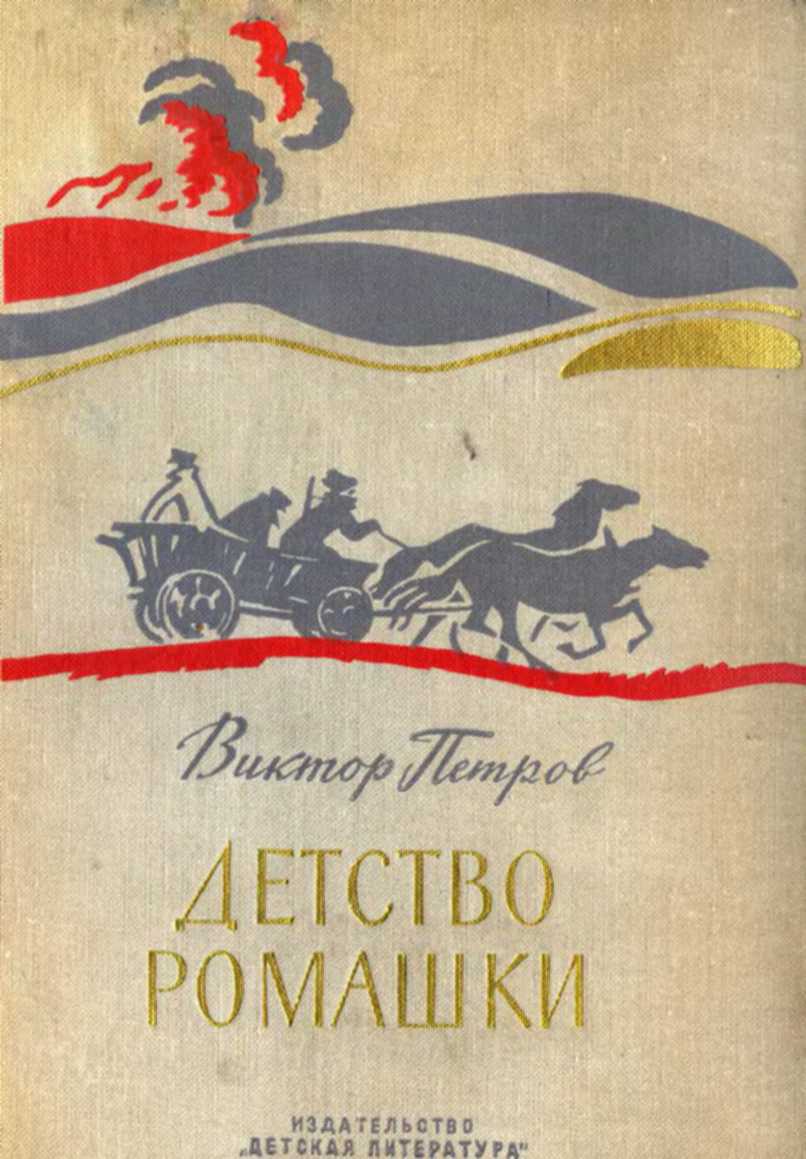and McGowan 1973, p. 116).
411. White (1988, pp. 104–11).
412. Sterling and Kittross (1978, p. 296).
413. White (1992).
414. Edgerton and Pratt (1983).
415. Fastow (1977); Noll, Peck, and McGowan (1973, pp. 63–67).
416. Edgerton and Pratt (1983, pp. 15–18). Using antitrust threats against the networks had
been first suggested by Jeb Stuart Magruder in a memo to H. R. Haldeman in 1969.
417. Sterling and Kittross (1978, p. 288).
418. Shlaes (2019, p. 35). See also William Safire, “The Cold War’s Hot Kitchen,” New York
Times, July 23, 2009.
419. Halberstam (1993, p. 707).
420. Haynes and Klehr (1999, pp. 8–16).
421. The episode ruined the careers and tainted the reputations of some of America’s most
creative minds, a great many of whom were in fact or had at one time been Communists or Communist sympathizers. Some 10,000 people lost their jobs, about 2,000 of them in govern- ment. More than a hundred people were convicted of subversion under the 1940 Smith Act, and a handful were convicted of being spies. Precisely two were executed for espionage: Julius and Ethel Rosenberg (Herman 2000, pp. 4–5).
422. Yates ([1961] 2008, p. 61).
423. Yates ([1961] 2008, p. 207).
424. Whyte (1956, p. 12, emphasis original).
425. In fact, a 1983 survey of Harvard MBAs, going back to classes of the early 1940s, found
that a third were self-employed. Half worked for companies of fewer than 500 workers, and only 6 percent worked for companies with more than 100,000 employees. Another survey in the 1960s showed that no more than 55 percent wanted an administrative career and many were interested in entrepreneurship (Bhidé 2000, p. xii).
426. Whyte (1956, pp. 64, 68).
427. Arnold (1937, pp. 38–39).
428. Schumpeter (1950).
429. For an extended discussion of this claim—and an argument that it is wrong—see Lan-
glois (2007).
644 Notes to Chapter 8
430. Burnham (1941, p. 80).
431. Burnham (1941, p. 104).
432. Orwell (1949). In one reading, the Trotskyesque McGuffin within Orwell’s novel, The
Theory and Practice of Oligarchical Collectivism by Emmanuel Goldstein, is actually The Manage- rial Revolution (Kelly 2002, p. 99).
433. Galbraith (1967, p. 62).
434. Galbraith (1967, p. 71).
435. Galbraith (1967, p. 33).
436. Sutton et al. (1956, pp. 35–36).
437. Cyert and March (1963); March and Simon (1958). 438. Baumol (1959); Williamson (1964).
439. Galbraith (1967, p. 39); see also Bell (1960, pp. 43–44). 440. Marris (1966).
441. Graham and Leary (2018, p. 4295).
442. Calomiris and Raff (1995).
443. Drucker (1978, pp. 277–78). Both Charlie Wilson and Walter Reuther had wanted a defined-contribution plan rather that a defined-benefits plan, but they were overruled by the GM Finance Committee; and other companies would follow suit (Drucker 1986, pp. 16–17). This would lead to severe problems later in the century when many of these companies started going out of business.
444. Calomiris and Ramirez (1996, p. 161).
445. Brownlee (2016, pp. 150–51); Piketty and Saez (2007, p. 11). Economists understand that federal tax receipts from these sources are completely fungible and that there is no meaningful sense in which the payroll tax is a “contribution” being set aside specifically for Social Security and Medicare. It is simply a tax on wage income.
446. Bank (2010, pp. 191–92).
447. Piketty and Saez (2007, pp. 12–13).
448. Galbraith (1958, p. 191).
449. Galbraith (1967, pp. 360–61). What Galbraith is advocating here, and what was in fact
put into practice in American urban policy, is a domestic variant of the “big push” theory of economic development that Western economists and planners imposed on developing coun- tries in the same era—with the same disastrous results (Easterly 2006).
450. Jackson (1987, p. 248); Kaszynski (2000, pp. 131–32).
451. Moses’s unsympathetic biographer Robert Caro judges him “America’s, and probably the world’s, most vocal, effective and prestigious apologist for the automobile” (Caro 1974, p. 927).
452. Caro (1974, p. 623).
453. Caro (1974, p. 19).
454. Flint (2009, pp. 253–74).
455. Jackson (1987, pp. 223–29).
456. Franck and Mostoller (1995).
457. Teaford (2000, p. 445).
458. Although, as Tom Wolfe would point out in his scathing lampoon From Bauhaus to Our
House (1981), the wealthy bourgeoisie were also anxious to adopt the unornamented style of
Notes to Chapter 9 645
what had originally been conceived of in the 1920s as socialist worker housing. In midcentury America, it was only the workers who did not occupy worker housing. They lived in kitchy houses in the suburbs.
459. Newman (1972).
460. Wilson (1987, p. 7).
461. Chyn (2018).
462. Galbraith (1958, p. 359).
463. Jacobs (1961, p. 324, emphasis original).
464. Glaeser (2011, pp. 192–93).
465. Mettler (2011); Prasad (2012); Sheingate (2010).
466. Cogan (2017, p. 178).
467. Halberstam (1993, pp. 446–52). The technology had many sources, the most notable
of which was a determined lone inventor called John Rust. 468. Lemann (1991, pp. 70, 6, and 287).
469. Halberstam (1993, p. 687).
470. Cogan (2017); Levine (1970).
471. Meyer and Sullivan (2013, figure 1). 472. Cogan (2017, p. 203).
473. Moynihan (1967, p. 31).
474. Cannato (2001, pp. 267–352).
475. Meyer and Sullivan (2013, pp. 23–27).
476. Wilson (1979, p. 41).
477. Melnick (2005, p. 391).
478. In the view of Elizabeth Hinton (2016), it was these Great Society anti-crime networks
that were the true beginning of the “carceral state.”
479. Years after Watergate, John Ehrlichman would admit this with astounding candor. “The
Nixon campaign in 1968, and the Nixon White House after that, had two enemies: the antiwar left and black people. You understand what I’m saying? We knew we couldn’t make it illegal to be either against the war or black, but by getting the public to associate the hippies





